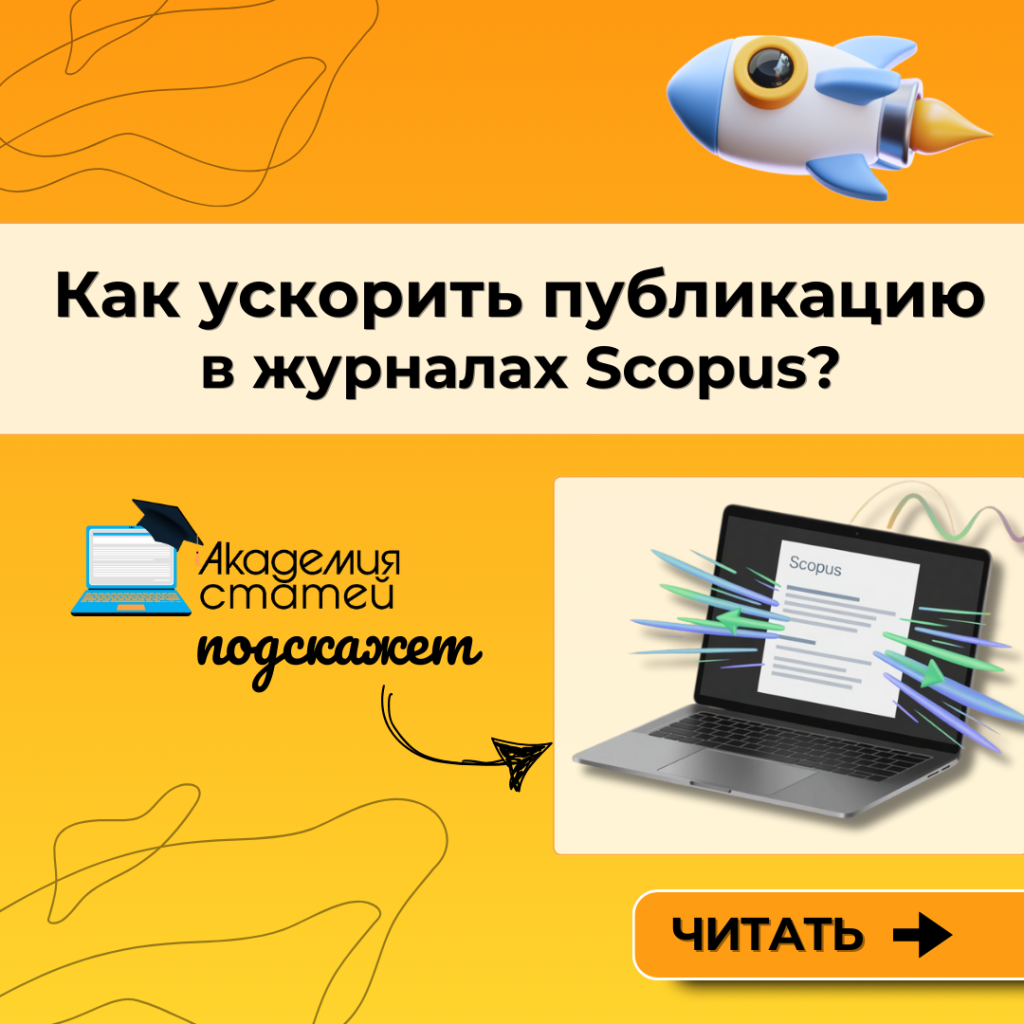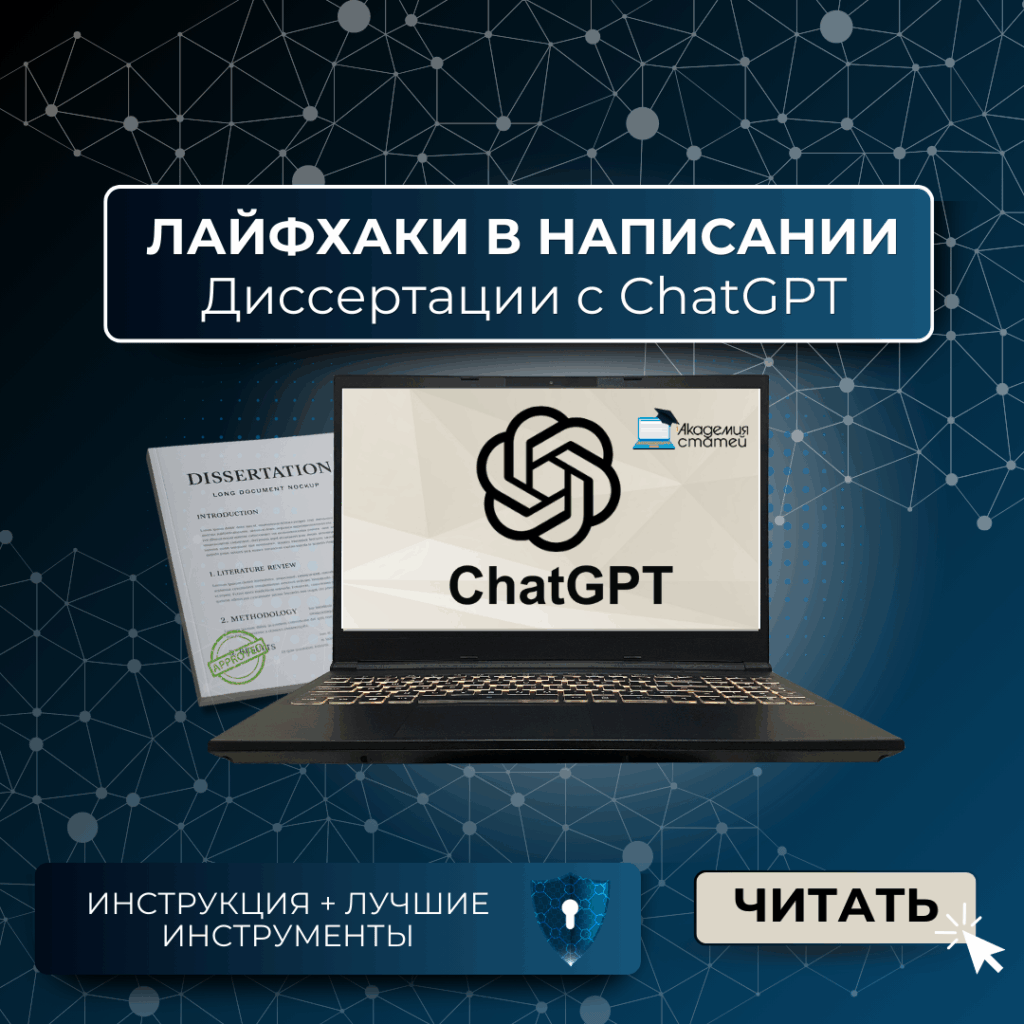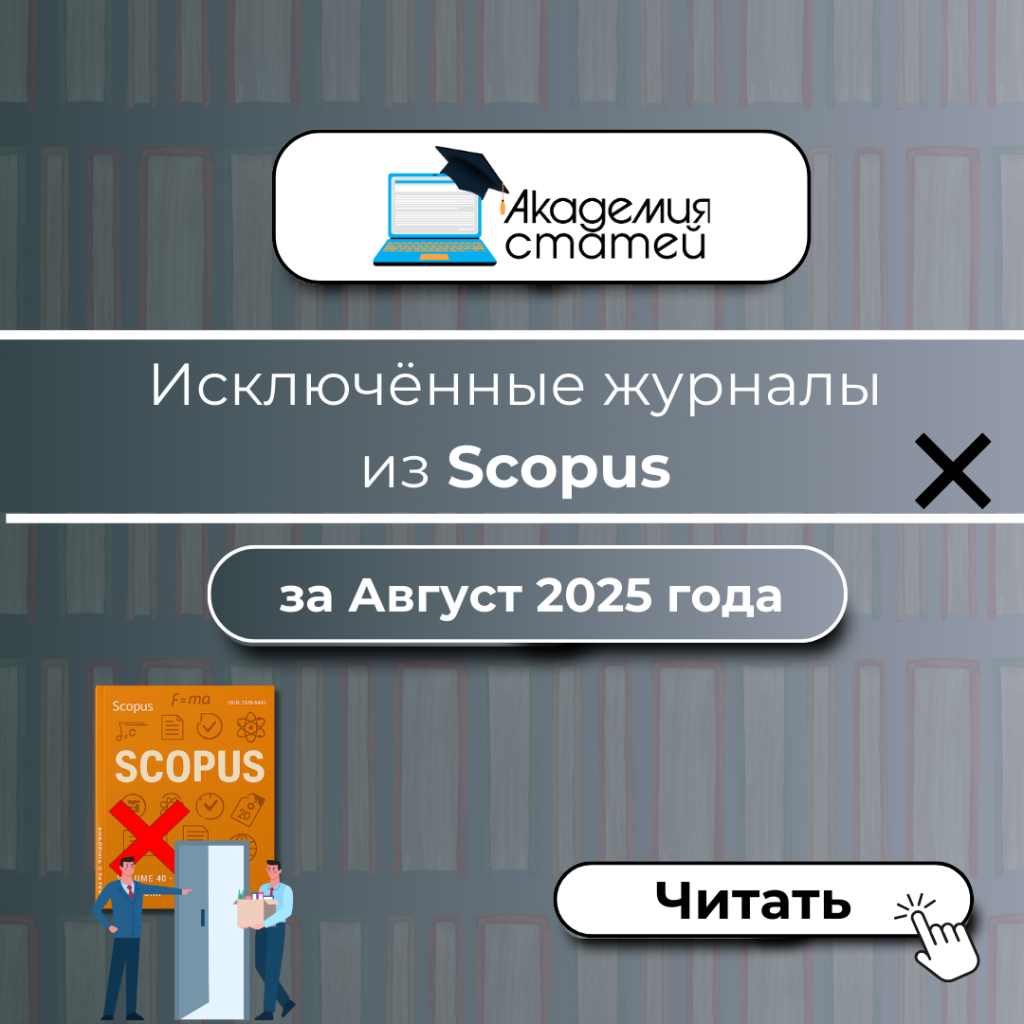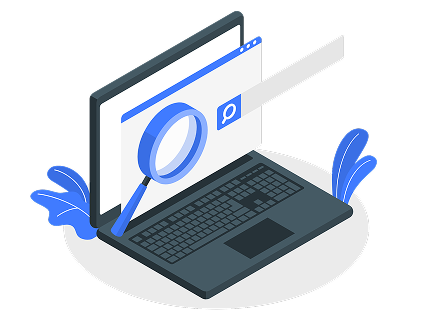Researchers strive to have their work included in the Web of Science. Beyond indexing, the international research community values presenting a comprehensive, unified picture of the individual work and achievements of authors. Publons, as part of the Web of Science system, provides this opportunity.
What is Publons and how does it work?
The platform is a website for professionals engaged in scientific research. Here, scientists can create a portfolio and showcase their work published in scientific journals. The resource is useful for publishers and editors as it simplifies and automates the peer-review process. It has increased the efficiency of article tracking, citation metrics, peer reviews, and journal editing.
The Publons web platform is a universal tool that helps track authors' academic activities. It is integrated with the Web of Science database. The resource pulls scientometric indicators from the Web of Science.
Publons is easy to use and free to use. The platform collects reviews from 2,000,000 researchers from around the world. Publons allows you to track publications, connect to Web of Science Core Collection allows you to download citation indicators automatically.
Pablons provides information on individual researchers, articles, scientific journals, and organizations. The filter can also be customized to display specific regions and countries. To do this, simply go to the BROWSE tab. A convenient search allows you to find reputable scientific journals from the Web of Science database, designated by the WOS label. The tabs are active, and you can access the official websites of the publications from them.
Publons indexes scientific articles by publication date. Users can rate articles using SCORE. The resource allows you to find all registered researchers from a specific country and the organizations they represent.
What is Researcher ID?
In scientific journals, some authors share both last names and initials. This leads to citation and scientometric errors. To simplify the identification of unique authors of articles, a system called Researcher ID was created.
This user ID is closely linked to the Web of Science database. Until 2019, it operated on researcherid.com, then migrated to Publons. It has a standardized alphanumeric format, such as A-234-2020. The last digits indicate the year the ID was registered.
Not all researchers can obtain an ID; to do so, they must have a Publons and Web of Science profile for one publication. Researchers can link their ResearcherID to their own articles.
Why is this important? It is important to remember that not all publications of a particular researcher can be indexed in Web of ScienceIn this regard, the identifier takes on special significance: it allows one to understand the total volume of a scientist's work. This is important for researchers working in fields that primarily use peer-reviewed conference papers, as well as for publishing books or individual chapters.
Linking articles to an identifier allows you to find colleagues in a specific area of research.
Attention! If in the database Web of Science The author's new publications are indexed; they will not be automatically linked to ResearcherID, so you will have to log in to your profile Publons and add them manually.
What are the benefits of ResearcherID on Publons?
- the system solves the problem of identifying the author and creating his profile;
- generates a list of publications that have entered the database WoS;
- automatically calculates the citation index and h-index of the author’s publications from the above database;
- syncs ResearcherID with ORCID;
- provides current and up-to-date citation information, updated regularly, every week;
- after linking the identifier and articles from WoS Anyone viewing records in this database will be able to access the corresponding ResearcherID profile via a direct link.
How to register on Pablons
To register, follow the link https://publons.com/account/register/The process is quite simple: you only need to enter your email address, first and last name in Latin characters, create a password, and confirm it. You can also register through Facebook, Google, LinkedIn, WeChat, or using a unique number. ORCID.
After clicking the Register button, an account activation link will be sent to your email. After clicking it, you'll be prompted to re-enter your username and password. You'll be taken to your profile, and in the Settings tab, select "Profile" to complete it. You'll need to upload a photo, specify your country, provide a brief bio, and save your information. You can also add information about your editorial board membership, journal membership, or organization (e.g., institute). Be sure to save all changes.
Scientists can list their achievements and scientific articles, and the resource allows you to link profiles in a few clicks. Publons And ORCID and import publication data from the latter. This completes the initial profile setup.
Please note! Authors who have already registered with Web of Science and/or EndNote will not need to register separately with Publons. They will be able to use the logins and passwords from these databases to access the system.
Benefits of using Pablons for scientists
If you are interested in searching for scientific articles and authors:
- Publons will help you find the entire list of works by a particular scientist, regardless of whether they were published in scientific journals. Web of Science or other publications.
- The resource shows what work the researcher has done as a reviewer, expert, and editor.
- Tracks the history of peer review and editorial board work for scientific journals.
- Allows you to find researchers and their groups on a study topic and invite them to collaborate.
If you are creating your profile to present the results of your work:
- You will be able to introduce yourself as a researcher and use the platform to create a resume.
- Perhaps you will interest other scientists and receive an invitation to collaborate.
- If you add scientific papers to this system, they will also become available in Web of Science in 2 weeks.
This platform allows for networking within the scientific community, developing collaboration, finding colleagues for joint research, and building a career.





